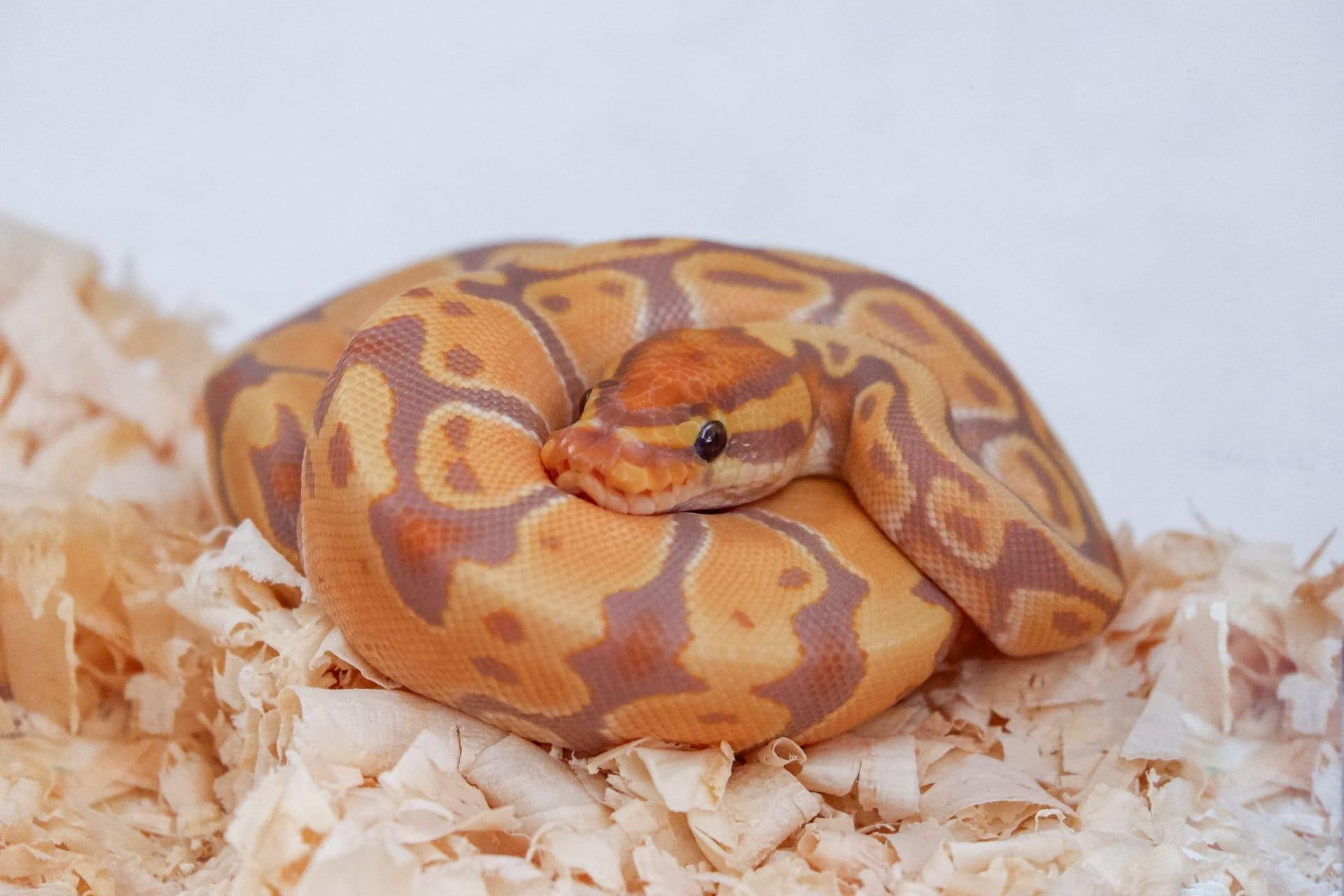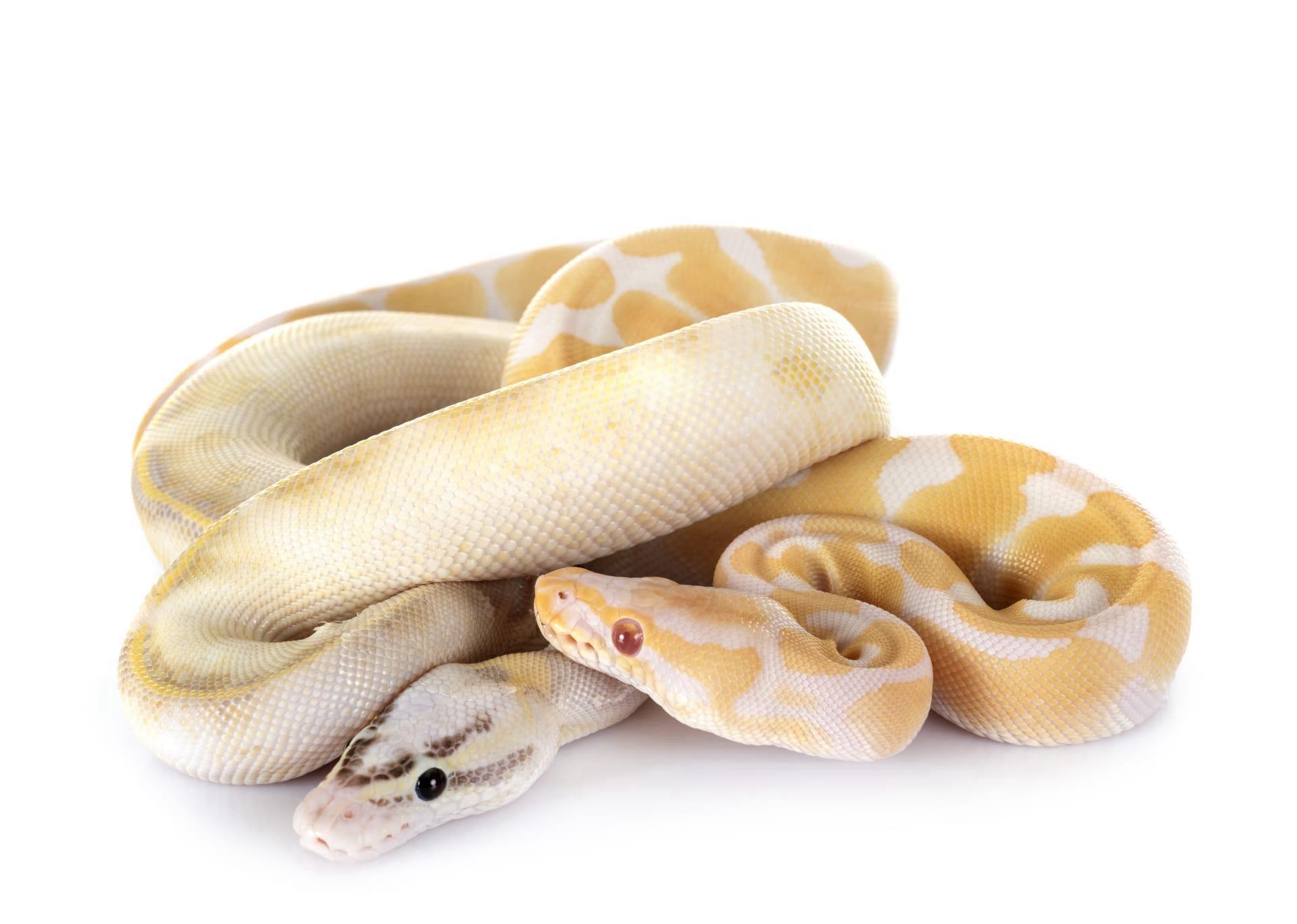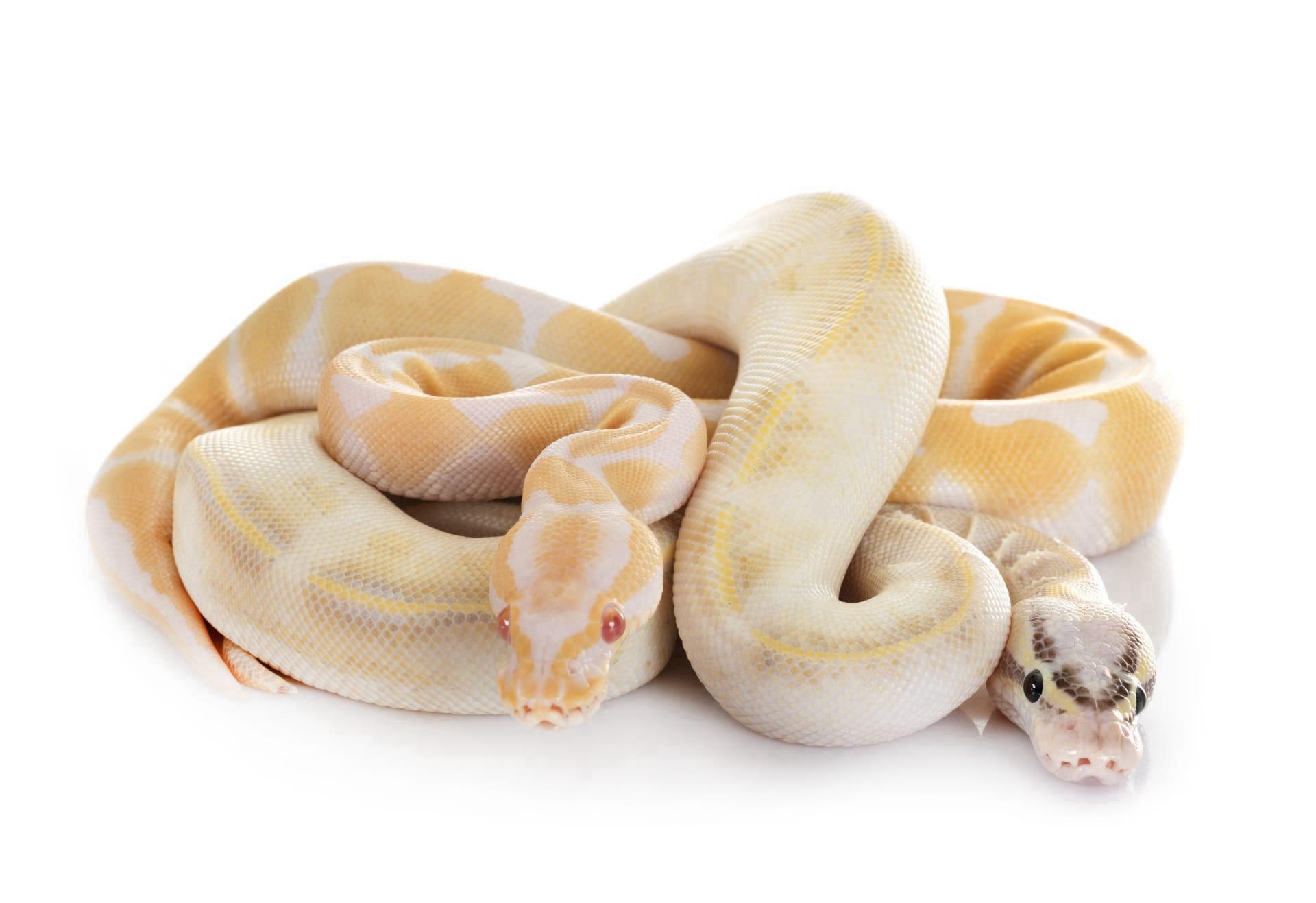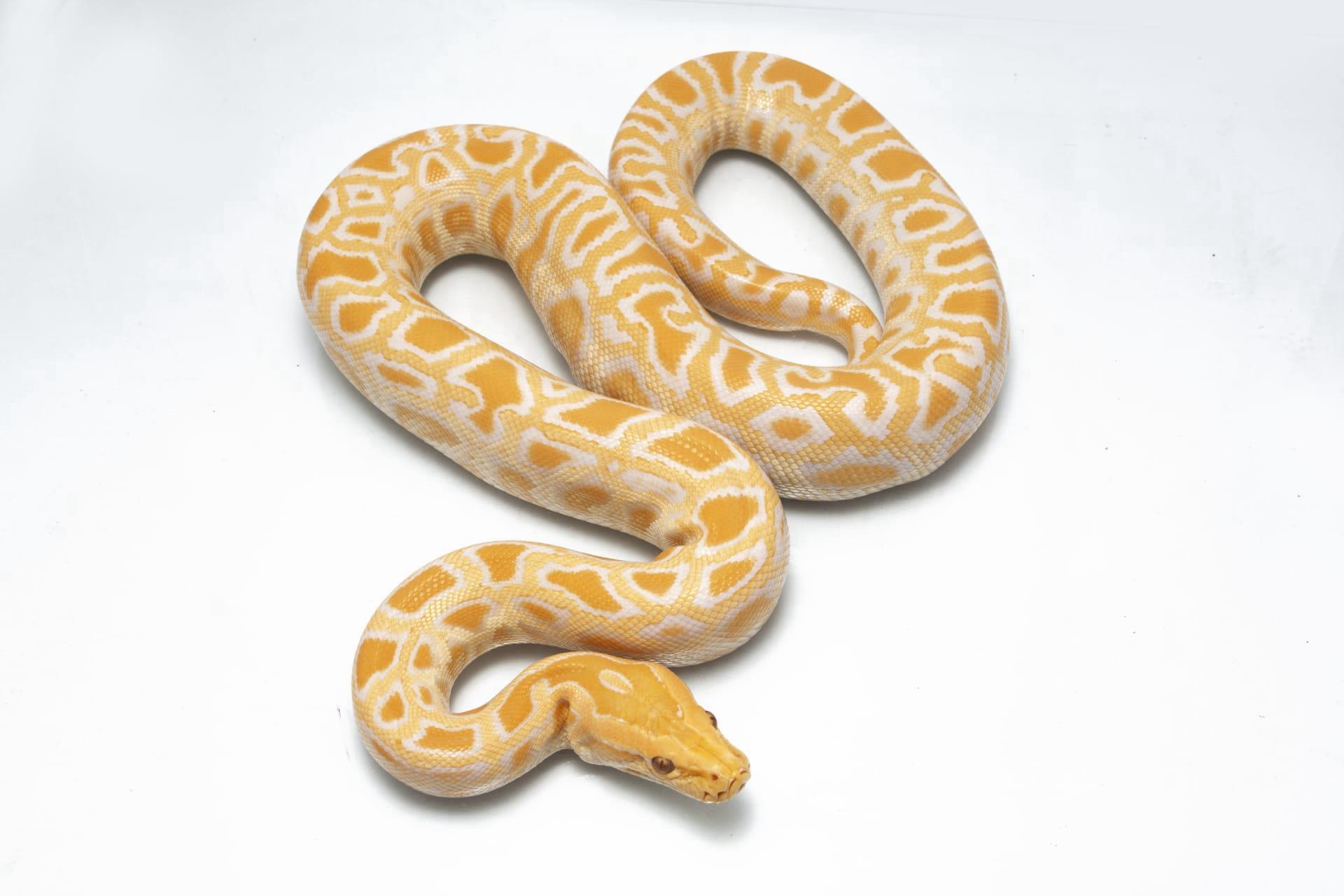1
The Banana Ball Python, known for its striking yellow and black pattern, is not just a pretty face in the snake world. This morph, developed through selective breeding, is quite unique due to a genetic mutation. The mutation causes the yellow pigmentation, making each snake's pattern distinct. In fact, the intensity of the yellow can vary significantly from one Banana Ball Python to another, influenced by factors like age and environmental conditions. A young Banana Ball Python often starts with a brighter yellow hue that can transform into a more muted, golden tone as it matures. This color change is gradual and can be quite dramatic, showcasing nature's fascinating palette.
Another fascinating aspect of the Banana Ball Python is its size. While the average length for most Ball Pythons is around 4 to 5 feet (about 120 to 150 cm), the Banana variety tends to be on the smaller end of the scale. This makes them particularly appealing to snake enthusiasts who prefer a more manageable size. Additionally, their relatively small size doesn’t detract from their lifespan, which can be upwards of 20 to 30 years in captivity with proper care. This longevity, combined with their distinct coloration and manageable size, makes the Banana Ball Python a popular choice among reptile aficionados.

2
One of the most intriguing facts about Banana Ball Pythons is their gender-related genetic oddity. In this species, the gene responsible for the banana coloration is linked to sex chromosomes. This means that males and females can inherit and express the banana trait differently. A peculiar result of this genetic linkage is that males born with the banana trait are more likely to father banana offspring, often passing the gene predominantly to their male progeny. This distinctive genetic trait makes breeding Banana Ball Pythons an interesting endeavor, as breeders need to consider these genetic factors when planning for offspring coloration and patterns.
Another interesting characteristic of the Banana Ball Python is its feeding behavior. Unlike some other snake species that might be pickier eaters, the Banana Ball Python is known for its relatively robust appetite. This species generally shows less hesitation when it comes to feeding time and is less likely to go through prolonged periods of fasting, which some other python species are known for. This ease of feeding makes them a preferred choice for beginners in snake keeping. They typically eat pre-killed prey, with a diet mainly consisting of rodents, and the frequency of feeding varies depending on the age and size of the snake.

3
Regarding their habitat, Banana Ball Pythons in the wild are primarily found in the grasslands and open forests of West and Central Africa. However, the captive environment for a Banana Ball Python requires specific conditions to mimic their natural habitat. They thrive in a temperature range of 78 to 96 degrees Fahrenheit (25 to 35 degrees Celsius) with a humidity level of 50% to 60%. Maintaining these conditions is crucial for their well-being, as improper humidity or temperature can lead to health issues like respiratory infections or shedding problems. The enclosure should also provide hiding spots and enough space for the snake to move around comfortably, reflecting their natural tendency to hide and explore.
Their gentle disposition is another notable trait of Banana Ball Pythons. They are typically very docile and are less likely to display aggression compared to some other snake species. This temperament, along with their striking appearance, makes them a favored pet among reptile enthusiasts, especially for those new to snake care. Their calm nature also allows for more interactive experiences between the snake and its owner, such as handling sessions, which are beneficial for both the snake's well-being and the owner's enjoyment.

4
Banana Ball Pythons exhibit a fascinating phenomenon known as “freckling” as they age. Over time, these snakes develop small, dark spots across their body, which can range from light brown to almost black. These freckles are unique to each individual snake and can increase in number and size as the snake matures. This aspect adds another layer of uniqueness to each snake, making them not just pets but also living art pieces. The freckling process is gradual and varies greatly among individuals, with some showing extensive freckling and others remaining mostly spot-free throughout their lives.
Reproduction in Banana Ball Pythons is another area of interest. Females are known for their maternal instincts, often coiling around their eggs to protect them and regulate their temperature. This behavior is a remarkable display of parental care in the reptile world. Females can lay clutches of 3 to 11 eggs, and the incubation period lasts approximately 60 days. During this time, the female may reduce her food intake significantly, focusing entirely on the eggs' welfare. This dedication to egg care is a testament to the complex behaviors exhibited by these seemingly simple creatures.

5
Shedding in Banana Ball Pythons is a process that captures the attention of many reptile enthusiasts. Unlike mammals that shed hair continuously, these pythons shed their entire skin in one piece, including the eye caps. This process, known as ecdysis, occurs several times a year and is a sign of growth and good health. The snake's skin becomes dull and the eyes may appear cloudy when they are preparing to shed. Successful shedding is dependent on proper humidity levels in their environment, showcasing the importance of creating a habitat that closely resembles their natural conditions.
Lastly, the Banana Ball Python is a prime example of how selective breeding in captivity can result in a wide variety of color and pattern morphs. Originally, Ball Pythons were only available in their natural coloration. However, through selective breeding practices, reptile enthusiasts have developed an array of morphs, with the Banana Ball Python being one of the most popular due to its unique yellow and black patterning. This morph, along with others, has contributed to a growing interest in herpetology and reptile keeping, demonstrating the dynamic relationship between humans and the natural world in shaping animal diversity.